Transitioning from Sport to Tech Diving
Taking the Next Step in Your Diving Journey
Article by Thomas Powell
Pictures by Cezary Abramowski – tec art
Scuba diving is one of the most rewarding life-sports. From your very first breath underwater to exploring reefs, wrecks, and marine life around the world, it’s a hobby that grows with you. Many divers find themselves perfectly content within the limits of sport diving. Others, however, eventually look for the next challenge, the next skillset, and the next level of exploration. For these divers, the pathway into technical diving provides an exciting and logical step forward.
This transition doesn’t happen overnight. It involves careful planning, training, and a willingness to commit time and effort to learning. Despite this, the rewards such as greater competence, broader exploration opportunities, and a deeper knowledge of diving, are well worth the investment.
What Is Sport Scuba Diving?
Sport diving takes place within established limits. These boundaries include:
- Staying within no-decompression limits.
- Avoiding overhead environments, such as caves or wreck penetrations.
- Diving only to maximum depths recommended by training agencies (often capped at 130 feet / 40 meters).
- Having a direct, unobstructed pathway to the surface at all times.
For many divers, these limits provide more than enough opportunities for adventure. Shallow reefs, clear springs, and wrecks within recreational depth offer endless variety. But for some, curiosity eventually extends beyond these boundaries.
What Is Technical Diving?
Technical diving expands the possibilities of where divers can go and what they can experience. It often involves:
- Diving deeper than sport limits.
- Using mixed gases (such as nitrox, trimix, or helitrox).
- Planning and executing dives that include decompression obligations.
- Penetrating overhead environments such as caves or shipwrecks.
- Carrying redundant equipment and additional cylinders for safety.
Importantly, technical training doesn’t always mean you must dive “extreme” profiles. In fact, many divers pursue technical courses simply to become more proficient and comfortable in the water. Learning buoyancy control, redundant system use, and advanced dive planning are benefits that carry over into every dive, whether at 10 metres/30 feet or 60 metres/200 feet.
Why Transition?
For years, the leap from sport to technical diving was viewed as intimidating. The good news is that modern training agencies, like Scuba Diving International (SDI) and Technical Diving International (TDI), have created seamless pathways that allow divers to progress step by step. Today’s sport diving training already incorporates foundational skills like buoyancy, gas management, and dive planning that prepare you to naturally advance into technical programs.
If you’ve mastered nitrox diving, the progression into Advanced Nitrox and Decompression Procedures isn’t a giant leap. It’s a carefully structured next step. With each course, your confidence grows, and so do your options.
Mapping Out a Plan
Transitioning into technical diving begins with self-reflection. Ask yourself:
- What do I want out of diving long-term?
- Am I drawn to caves, deep wrecks, or extended bottom times?
- Do I want to understand the science and math behind gas planning and decompression theory?
By identifying your motivations, you can map out a training pathway. Maybe your dream is to dive the Andrea Doria wreck, swim through Florida’s famous cave systems, or simply stay longer during fossil dives off the Carolinas. Setting goals allows you to focus your education and ensure each course builds toward something meaningful.
And remember: your plan isn’t set in stone. You can adjust or even change your path as your interests evolve.
The Educational Pathway
Technical training is designed as a progression of building blocks. Each level reinforces what you’ve already learned and prepares you for more complex dives. For example:
- Nitrox / Advanced Nitrox – Deepens your knowledge of enriched air and expands usable dive times.
- Decompression Procedures / Extended Range – Teaches how to plan and execute dives requiring decompression planning.
- Helitrox / Trimix / Advanced Trimix – Introduces helium-based mixes to reduce narcosis and allow for greater depths.
- Specialty Courses – Advanced Wreck, Technical Sidemount, Cavern and Cave diving, or Rebreather training.
This pathway begins at the sport diving level and can extend as far as you wish to take it. Whether you stop at Advanced Nitrox or pursue an Advanced Trimix certification, every step adds depth, both figuratively and literally, to your diving experience.
Gearing Up for Tech
Just as training evolves, so does equipment. Sport divers often use simple setups designed for ease of use. Technical diving, however, emphasizes redundancy, modularity, and safety.
- Regulators – Many sport divers already purchase regulators capable of handling technical configurations.
- Buoyancy Systems – Modern buoyancy compensators are often modular, allowing for backplate-and-wing setups adaptable to single tanks, doubles, or sidemount.
- Redundant Gear – Backup masks, reels, lights, and extra cylinders become essential for technical dives.
By planning purchases with the future in mind, sport divers can save money long-term. A regulator bought today for sport diving may also serve as a stage bottle regulator tomorrow.
Finding Your Drive
Transitioning into technical diving requires patience and personal responsibility. Each step should be approached with a mindset of mastering skills, not just collecting cards. Divers who rush through training without practicing in between levels risk missing the foundation needed for safety.
Ask yourself: Why am I making this transition? Are you driven by a desire to explore, to learn, or to achieve? Whatever the motivation, it should be your own. Dive training is most rewarding when it’s pursued for the right reasons.
Benefits for the Sport Diver
Even if you never intend to go deeper or longer, technical training still offers enormous benefits:
- Improved buoyancy and trim – Essential for any dive, from shallow reefs to wrecks.
- Gas planning and management – Helps maximize safety and bottom time.
- Confidence with redundancy – Skills like valve shutdowns and alternate gas switching provide peace of mind.
- Deeper understanding of dive theory – Learning the math behind nitrox or decompression builds stronger decision-making.
Instructors often limit technical course sizes, meaning students receive more one-on-one attention. This focus leads to significant improvements in comfort and skill. These are benefits that sport divers will notice on every dive.
Real-World Examples
Consider a fossil hunter off the East Coast of the U.S. Most dives hover around 30 metres/100 feet, which pushes the limits of sport bottom time. A diver with technical training could safely extend bottom time by using doubles, sidemount, or mixed gases, and return following a planned decompression profile. Even within sport diving depths, technical training offers an edge.
Or picture the diver whose bucket-list site is a wreck resting at 48 metres/160 feet. Without technical training, the dive is out of reach. With the right preparation, education, and gear, it becomes a safe and thrilling reality.
Is It Worth It?
The answer depends on your goals. For divers hungry to expand their horizons, technical training is absolutely worth the effort. Even for those who never push beyond sport diving depths, the knowledge and skills gained can make every dive safer, more efficient, and more enjoyable.
The progression of technical courses through TDI provides a structured, rewarding pathway. Whether you stop after learning decompression theory or continue into Trimix exploration, the journey itself enhances your diving life.
The Natural Next Step
Transitioning from sport to technical diving doesn’t have to be intimidating. It can be the natural next step for divers who want more. This can be more adventure, more knowledge, or more confidence underwater. By planning carefully, training diligently, and investing in the right equipment, you can build a strong foundation that allows you to explore the underwater world in ways you never thought possible.
So, if you’ve ever looked at the horizon and wondered what lies beyond, perhaps it’s time to take the plunge into technical diving. Your next great adventure might not just be deeper. It might be in discovering just how far you can go as a diver.


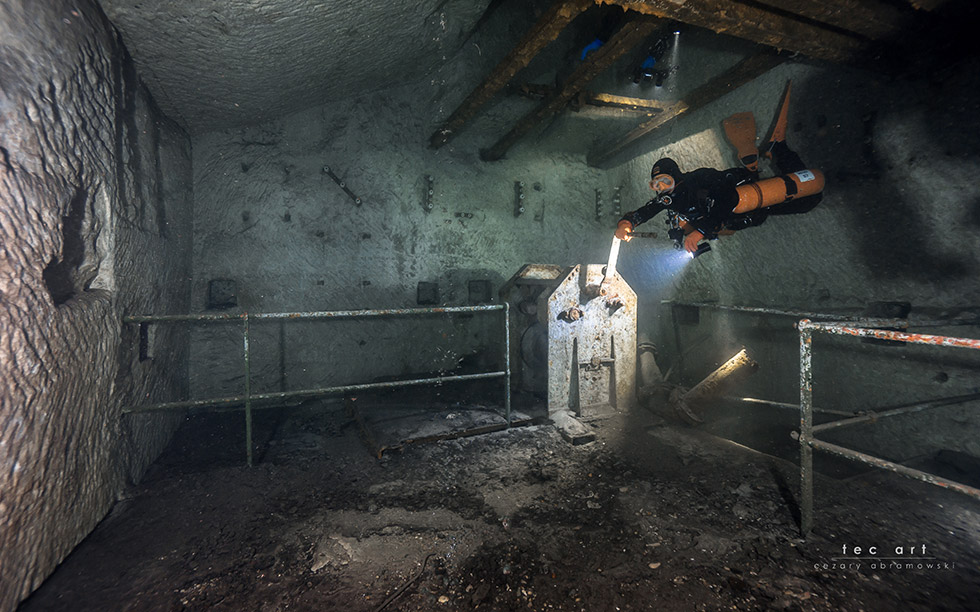
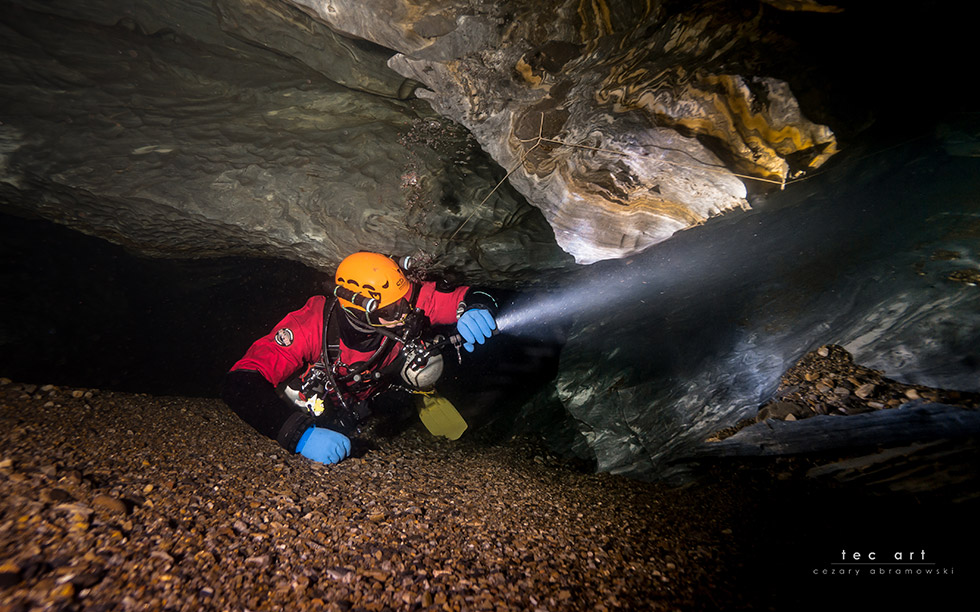
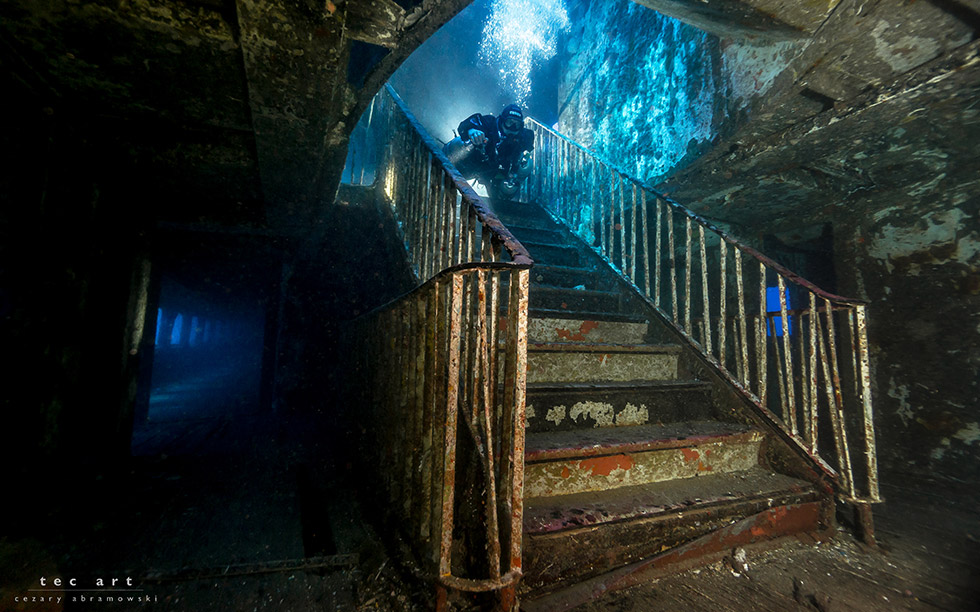

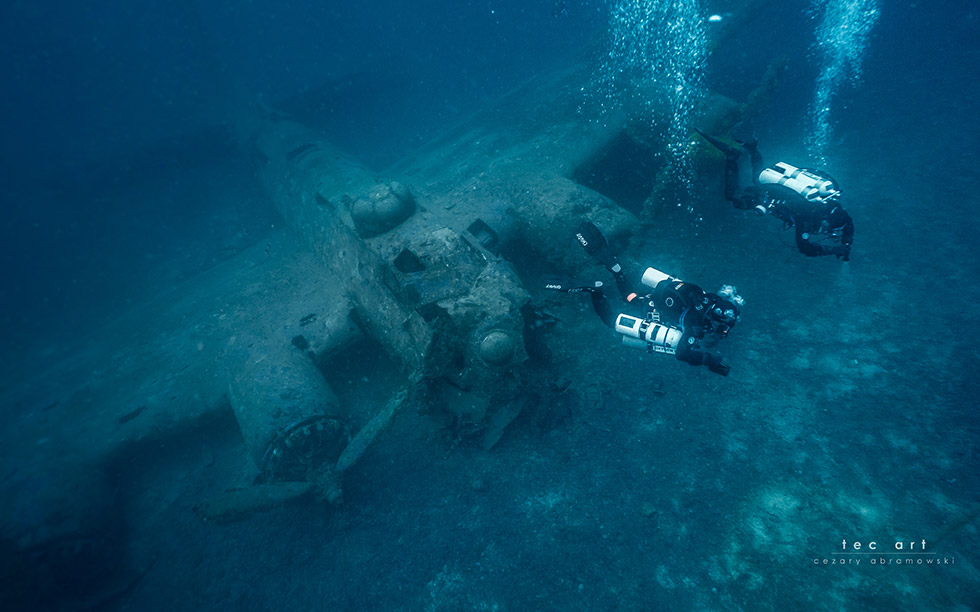






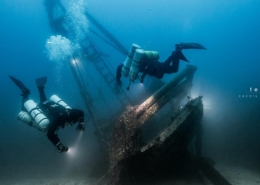
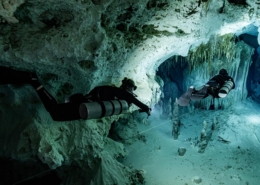
Leave a Reply
Want to join the discussion?Feel free to contribute!